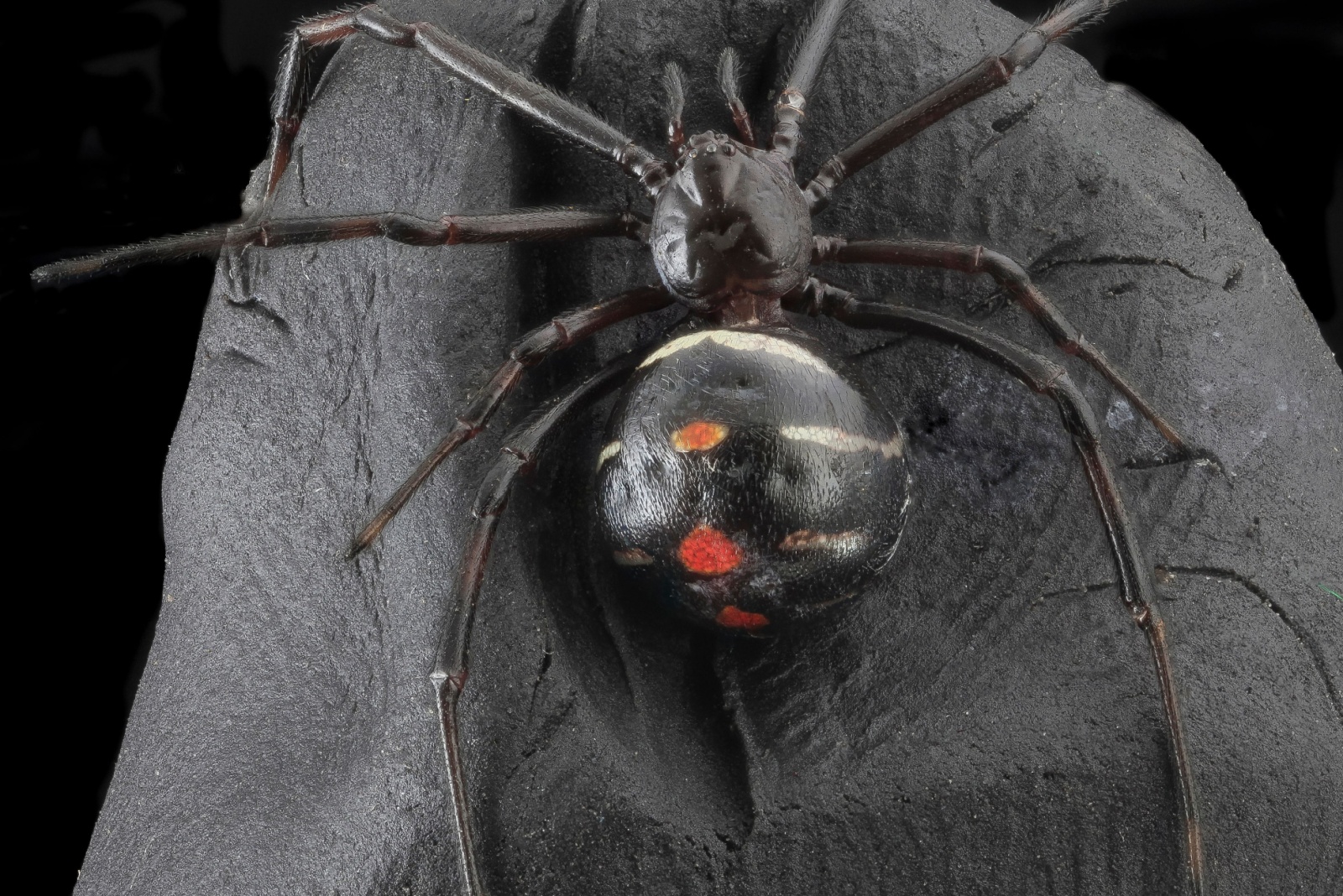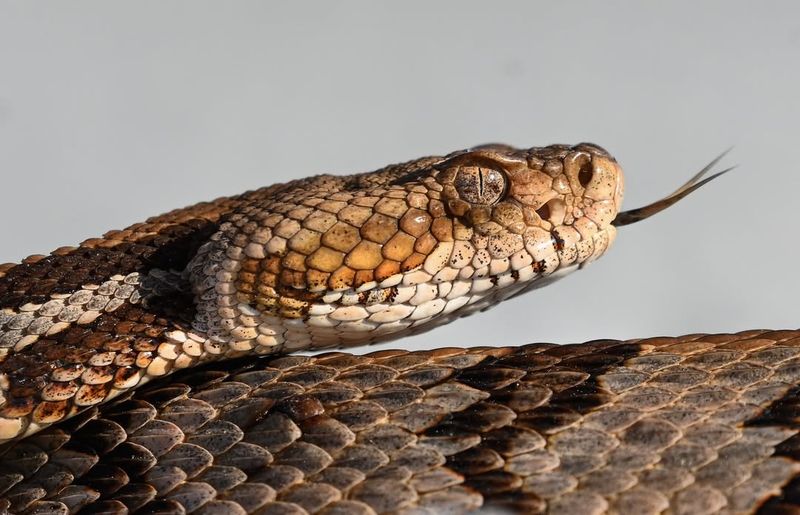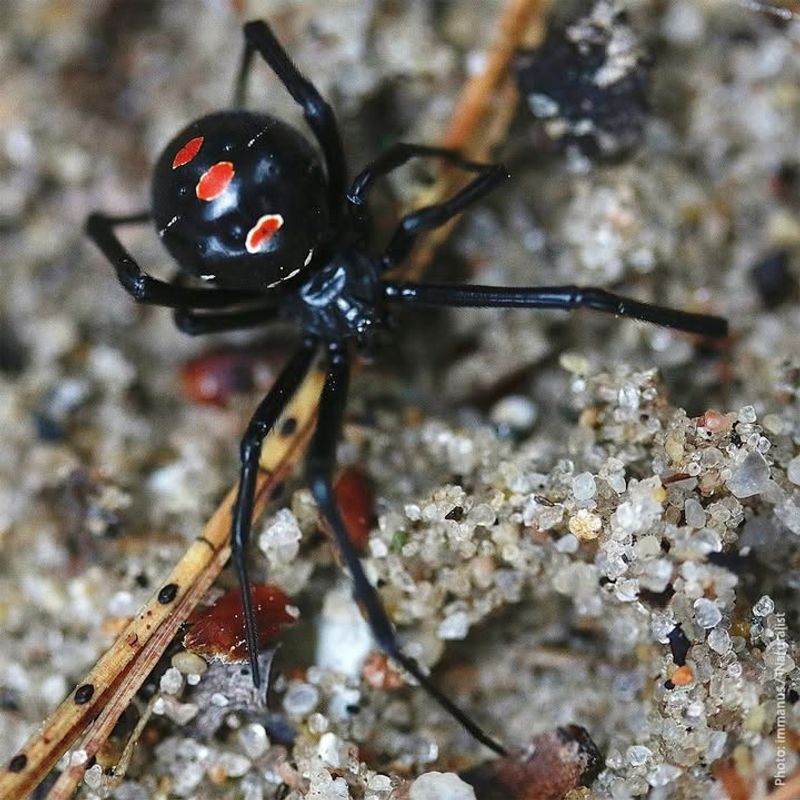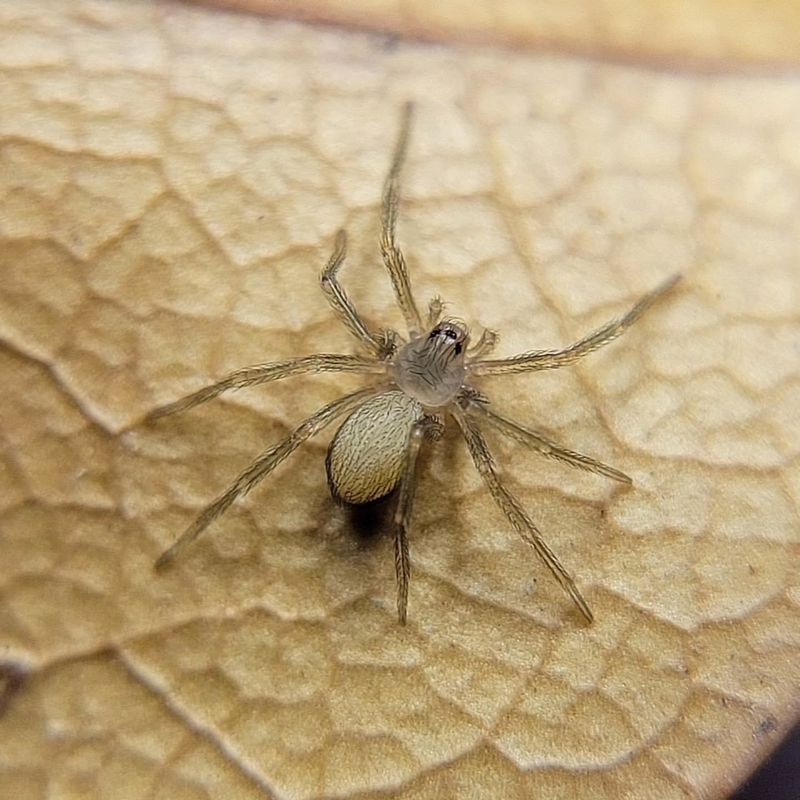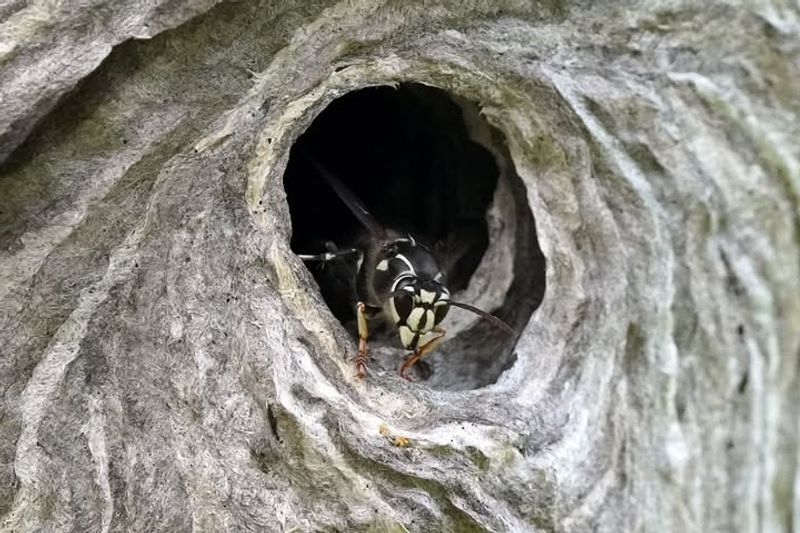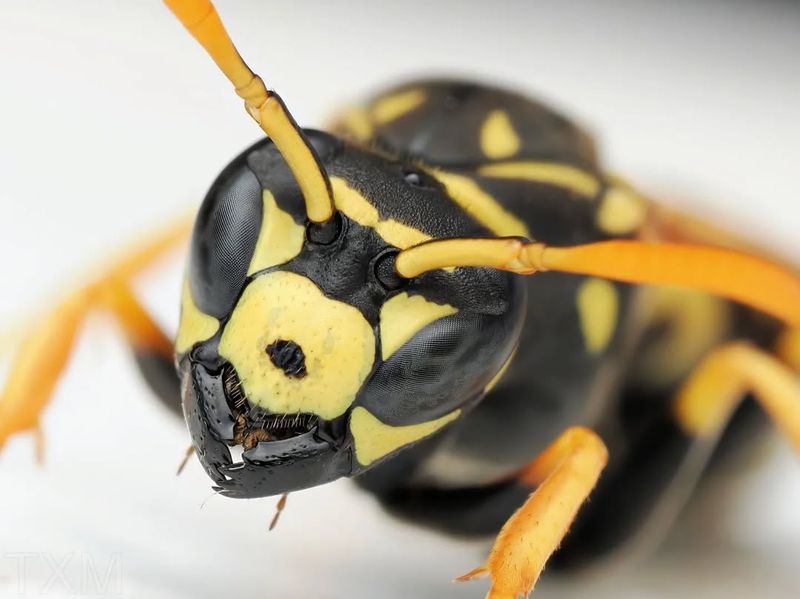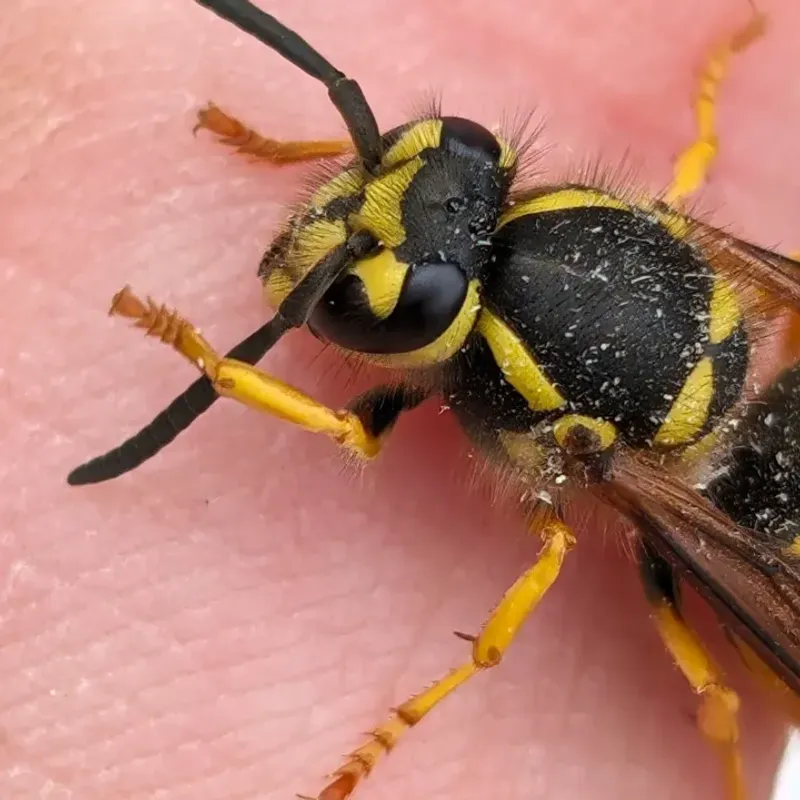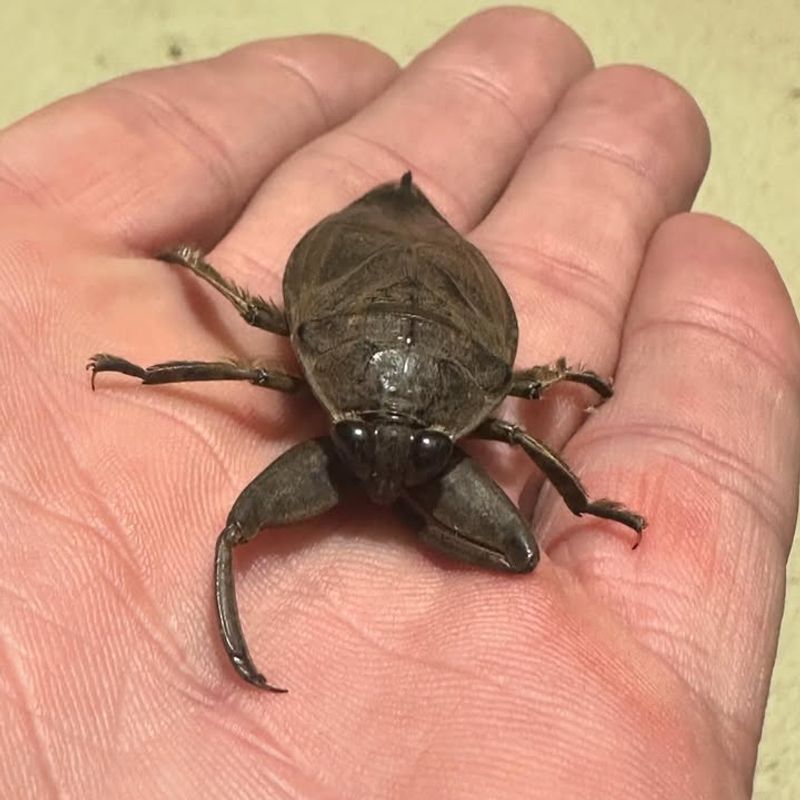Minnesota might not seem like a hotspot for venomous creatures, but a few species call this northern state home. Knowing which animals pack a venomous punch can help keep you and your family safe during outdoor adventures.
Whether you’re hiking through forests or working in your garden, being aware of these creatures is important for staying prepared and avoiding unwanted encounters.
1. Timber Rattlesnake
Found mainly in southeastern Minnesota, this snake prefers rocky bluffs and wooded hillsides. Its tan and brown pattern helps it blend into leaf litter perfectly.
The rattle at its tail serves as a warning system when the snake feels threatened. Most encounters happen when people accidentally step too close during hikes.
If you hear that distinctive buzzing sound, freeze and slowly back away without sudden movements.
2. Massasauga Rattlesnake
Smaller than its timber cousin, this rattler lives in wetlands and marshy areas across parts of Minnesota. Gray-brown coloring with darker blotches makes it surprisingly hard to spot in tall grass.
These snakes are actually quite shy and prefer escaping over confrontation. They hunt small rodents and help control pest populations naturally.
Wearing boots in wet areas offers good protection if you’re exploring marshlands.
3. Northern Black Widow Spider
Recognizable by the red hourglass shape on her belly, the female black widow occasionally appears in Minnesota woodpiles and sheds. Males are much smaller and harmless to humans.
These spiders aren’t aggressive and only bite when accidentally pressed against skin. Their venom affects the nervous system but rarely causes serious problems for healthy adults.
Wearing gloves when moving firewood helps prevent surprise encounters.
4. Yellow Sac Spider
Pale yellow and about the size of a nickel, these spiders commonly wander into Minnesota homes during fall months. They don’t build traditional webs but create small silk sacs in corners.
Bites usually happen at night when the spider gets trapped in bedding or clothing. The bite feels similar to a bee sting and causes localized redness.
Shaking out clothes before dressing reduces your chances of an unwanted encounter.
5. Brown Recluse Spider
Though rare in Minnesota, brown recluse spiders occasionally hitchhike into the state through shipments and moving boxes. The violin-shaped mark on their back is the key identifier.
These spiders hide in undisturbed spaces like attics, basements, and storage boxes. Bites can cause tissue damage and require medical attention fairly quickly.
Checking stored items before handling them is a smart precaution, especially with boxes from warmer states.
6. Bald-Faced Hornet
Despite its name, this insect is actually a type of yellowjacket with striking black and white markings. Large paper nests hang from Minnesota trees and building eaves during summer.
Workers aggressively defend their colony when they sense vibrations or movement nearby. Multiple stings can occur rapidly since these insects don’t lose their stingers.
Giving nests a wide berth and calling professionals for removal keeps everyone safer.
7. Paper Wasp
Slender bodies and long legs distinguish paper wasps from other stinging insects around Minnesota homes. Their umbrella-shaped nests often appear under eaves, deck railings, and door frames.
Less aggressive than hornets, they still defend nests when threatened directly. Each wasp can sting multiple times if provoked.
Early spring removal of small nests prevents larger colonies from establishing themselves throughout summer months.
8. Yellowjacket
Bright yellow and black stripes make yellowjackets easily recognizable at Minnesota picnics and outdoor gatherings. Unlike bees, they have smooth bodies and can sting repeatedly without harm to themselves.
Ground nests often hide in old rodent burrows or under landscaping materials. These wasps become increasingly aggressive as summer progresses into fall.
Covering food and drinks outdoors helps keep these persistent scavengers from crashing your gatherings.
9. Giant Water Bug
Reaching up to three inches long, these aquatic insects inhabit Minnesota ponds, lakes, and slow-moving streams. Powerful front legs help them capture small fish and tadpoles for food.
They can deliver a painful bite if handled, though they’re not naturally aggressive toward humans. The bite feels like a sharp pinch and may cause temporary swelling.
Watching where you step in shallow water and avoiding picking up unknown insects prevents most encounters.
10. Wheel Bug
Named for the cogwheel-shaped crest on its back, this large assassin bug occasionally appears in Minnesota gardens. It feeds on other insects by piercing them with its long, curved beak.
While beneficial for pest control, the wheel bug can deliver a painful defensive bite if grabbed. The bite is described as worse than a bee sting but isn’t medically dangerous.
Appreciating these helpful predators from a distance keeps both you and the bug happy.

